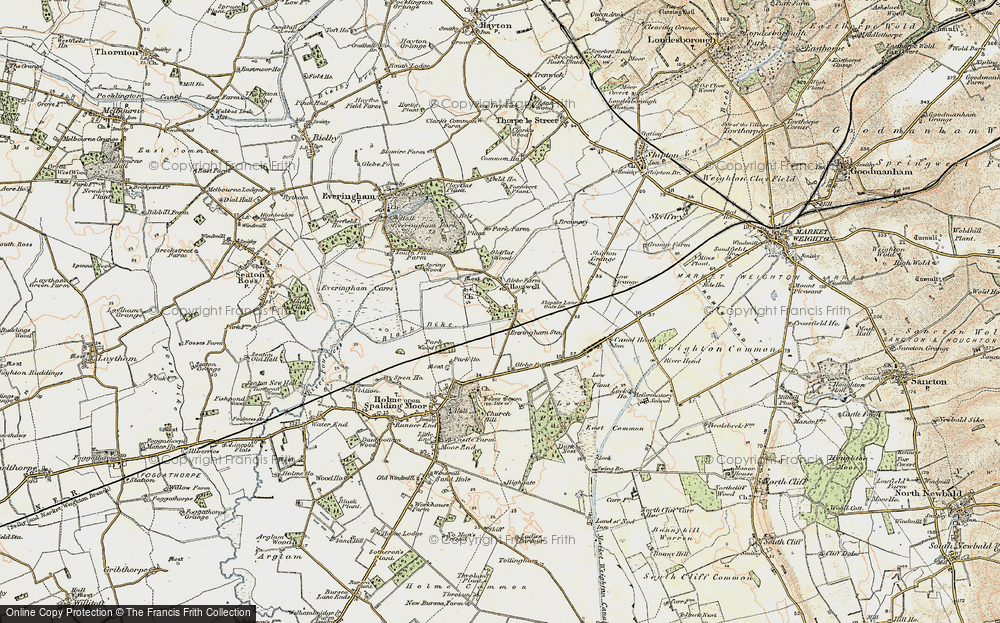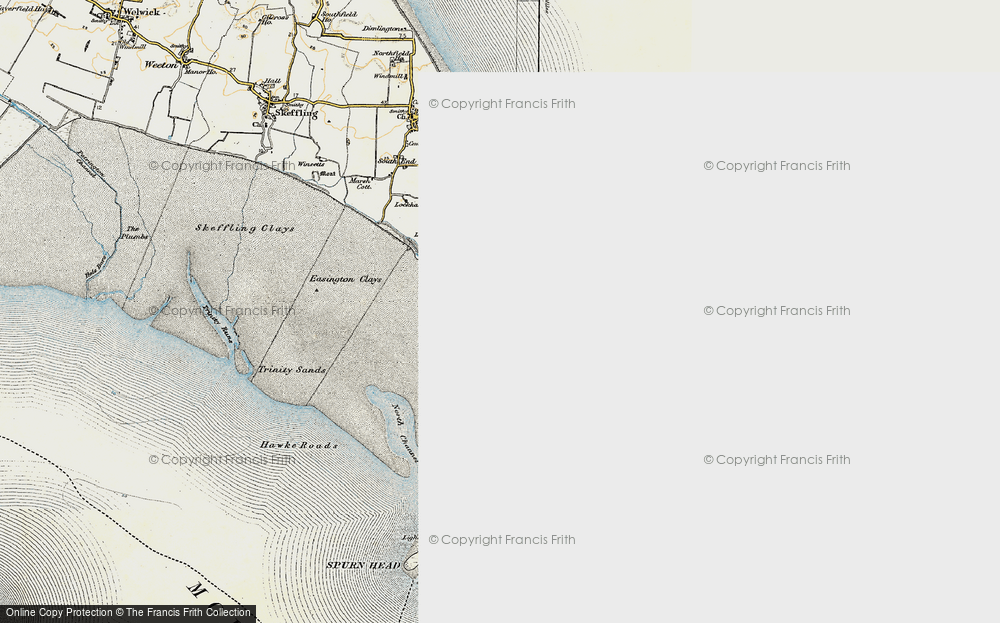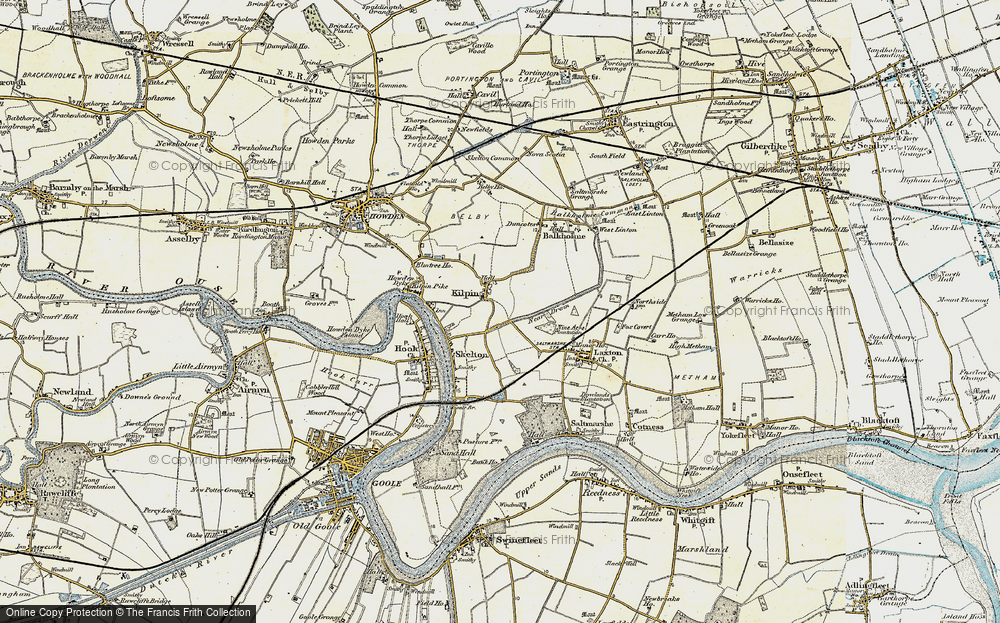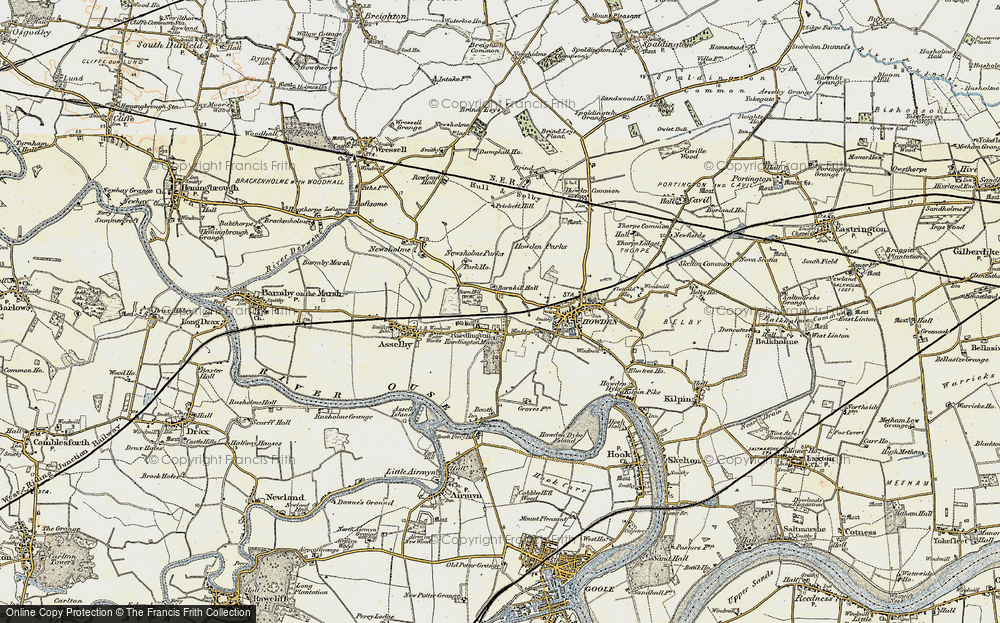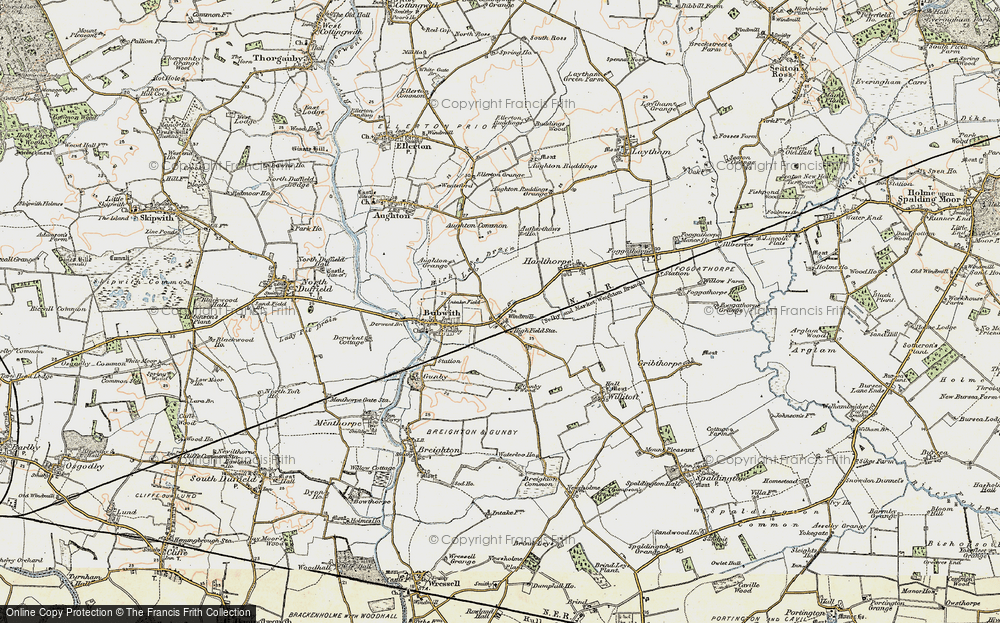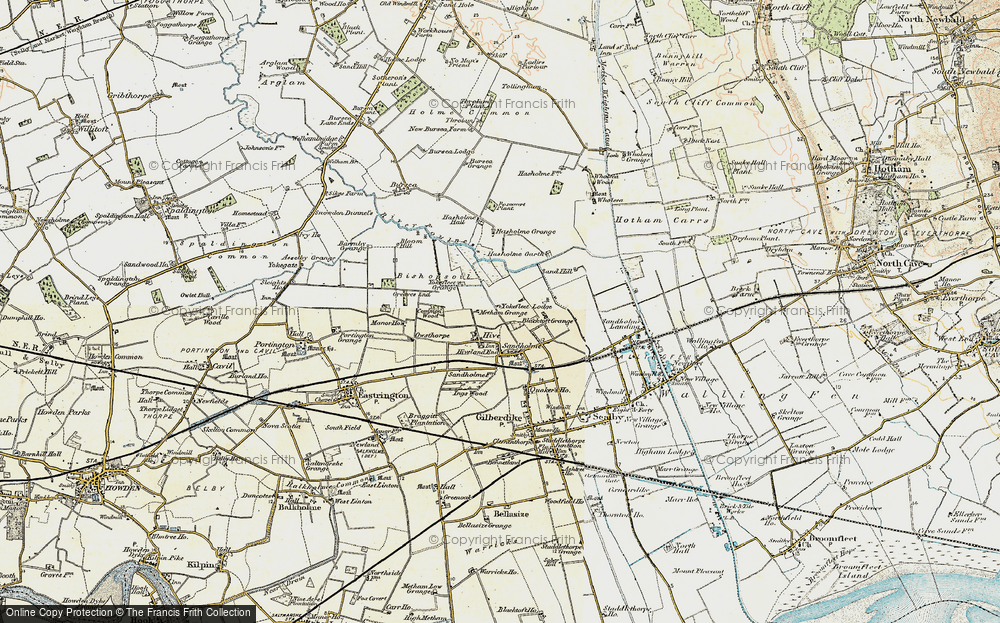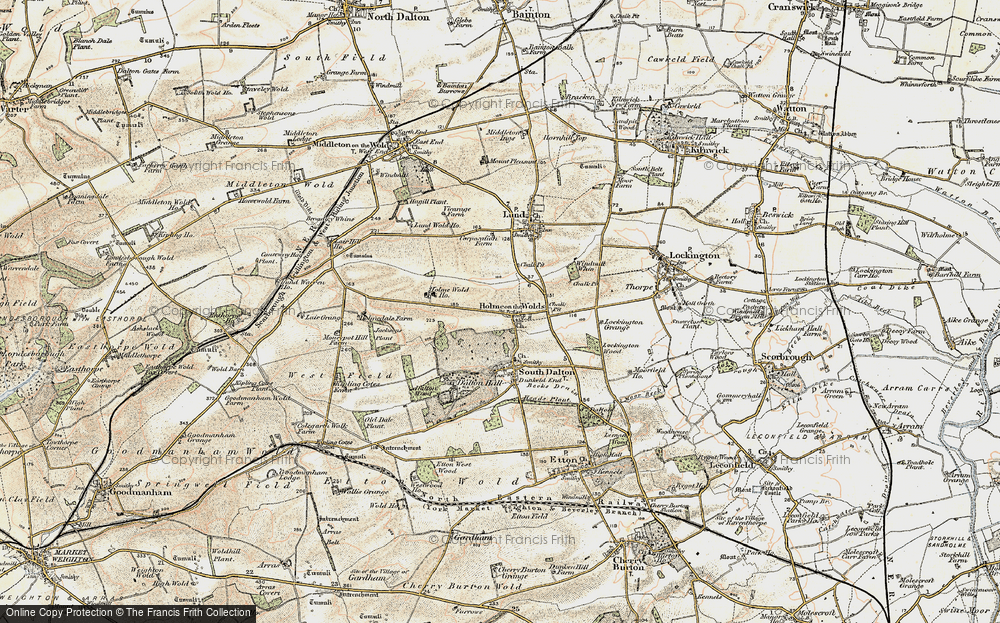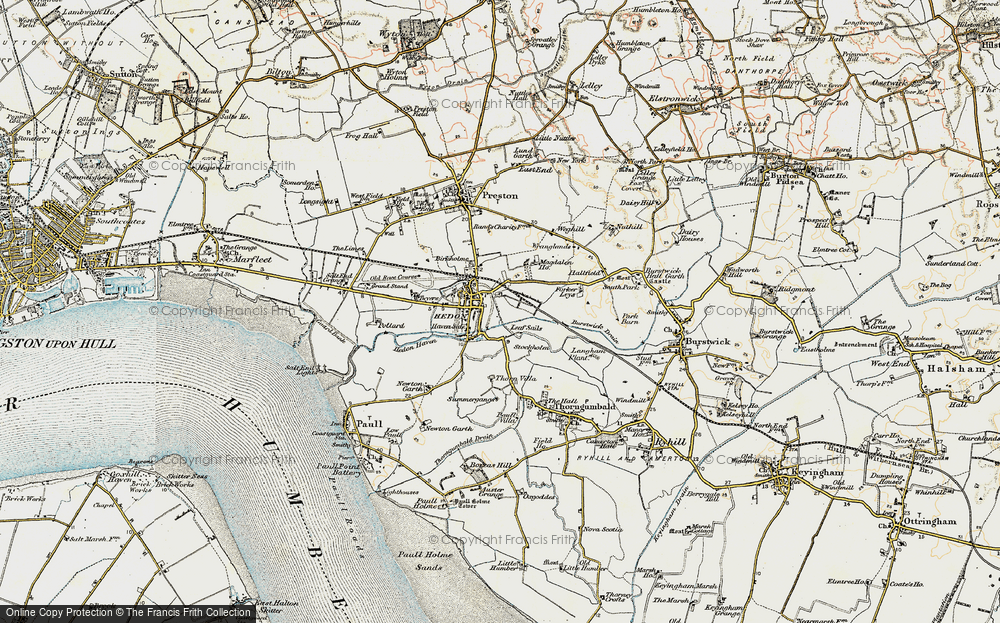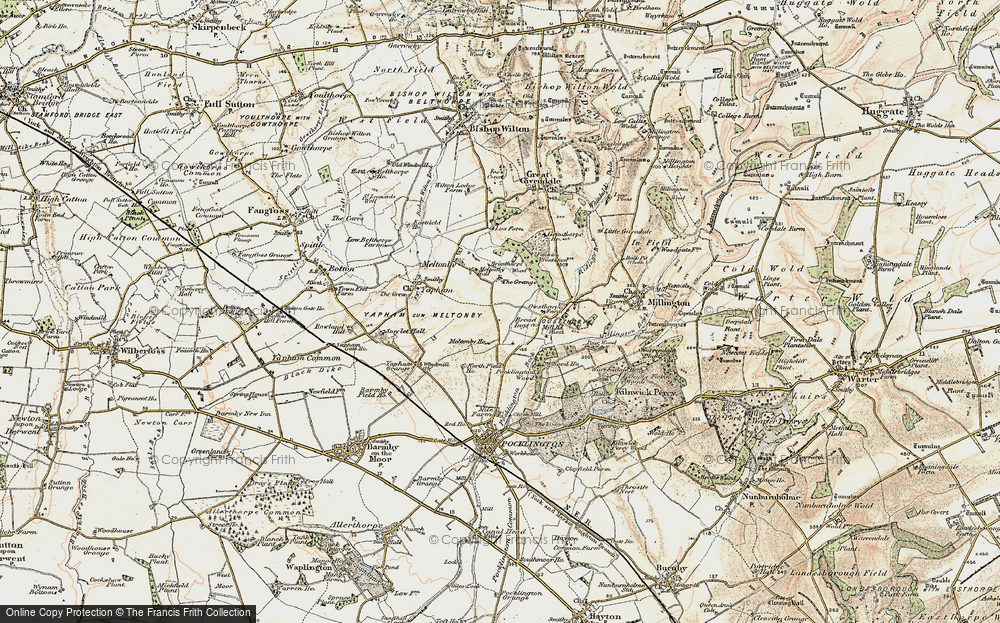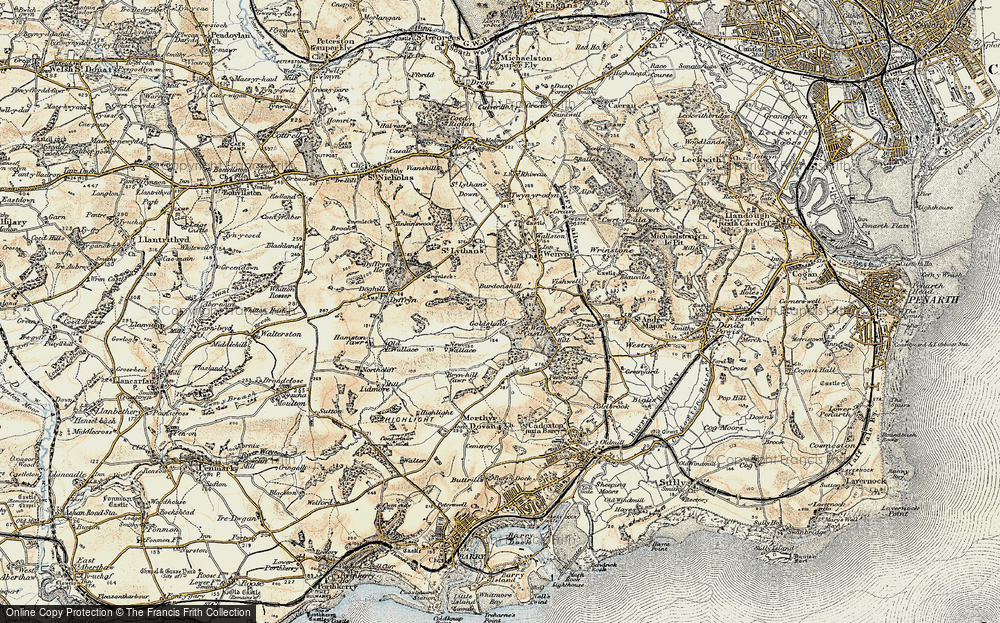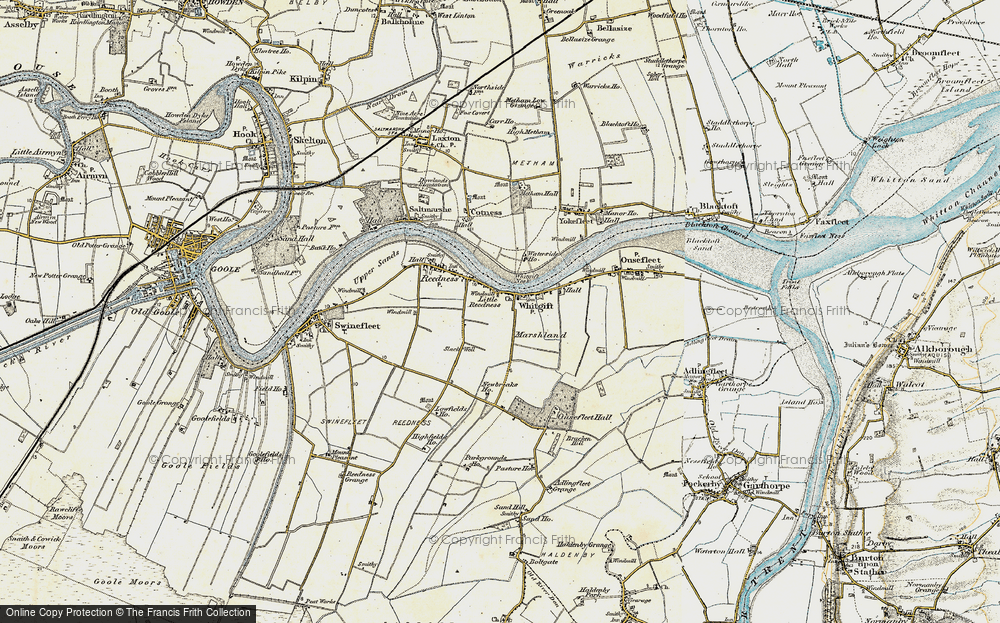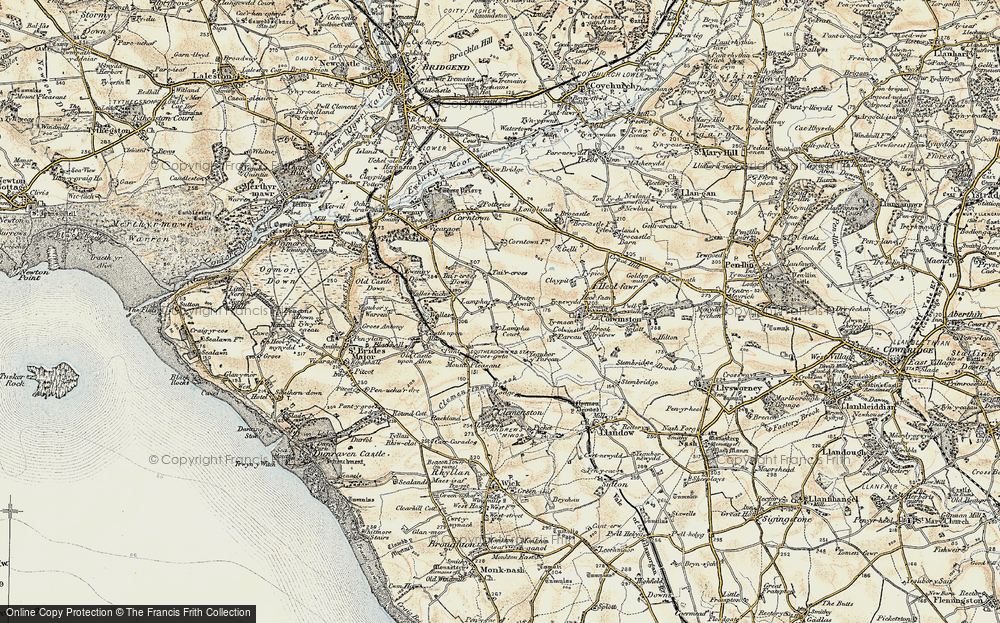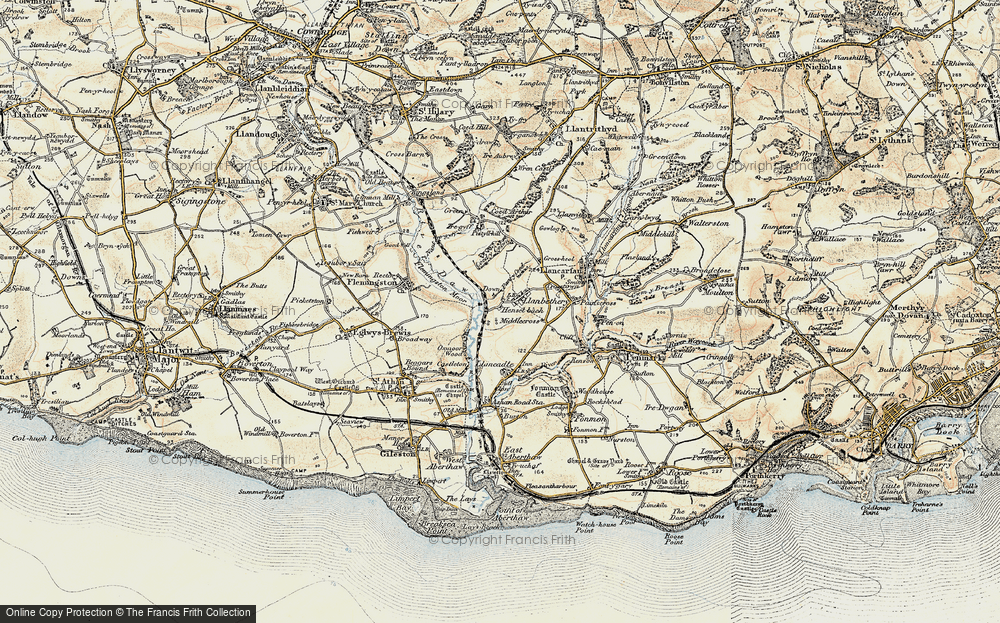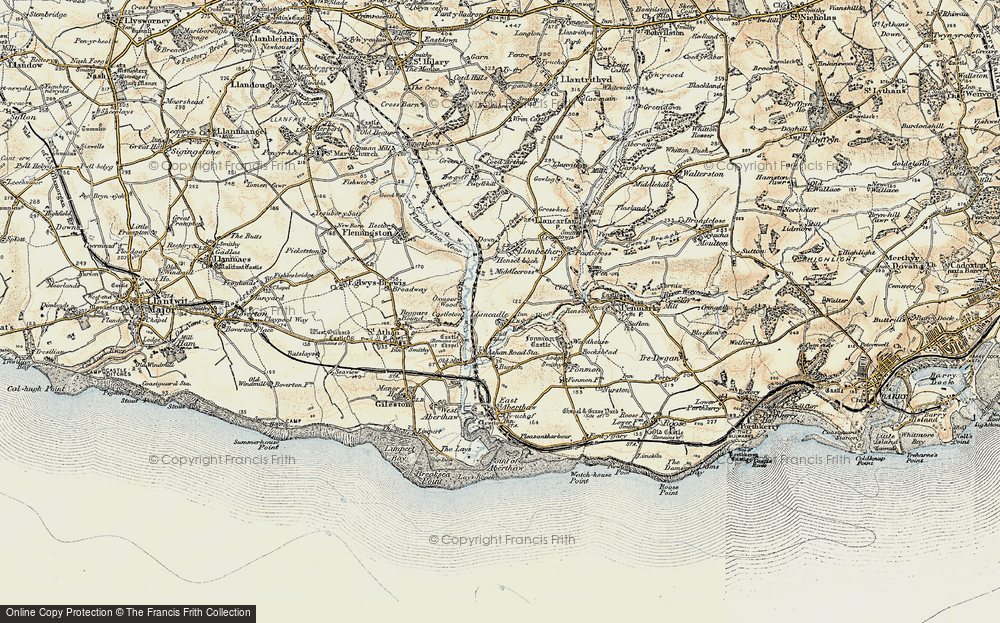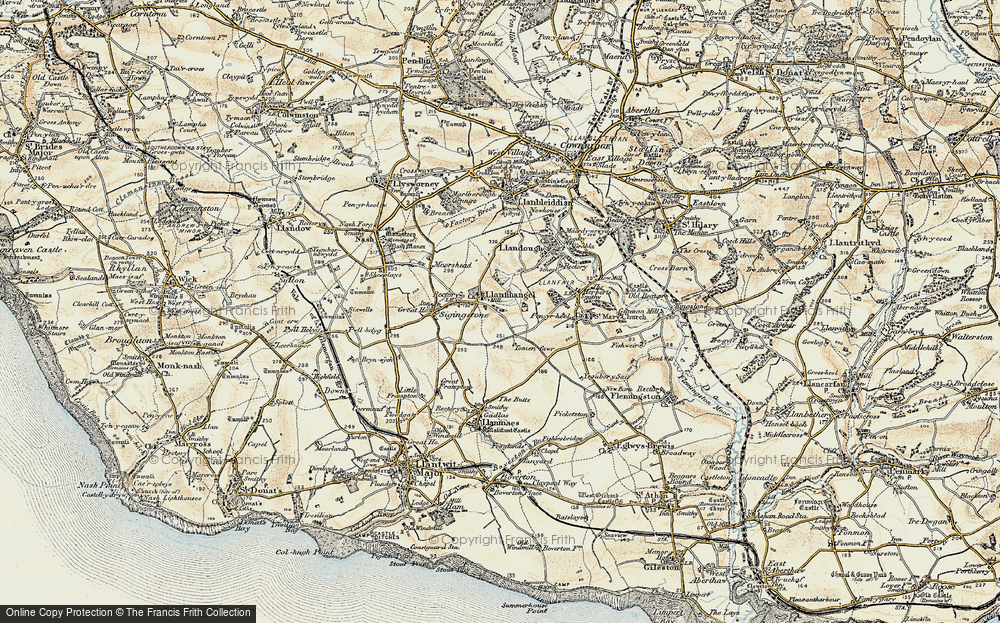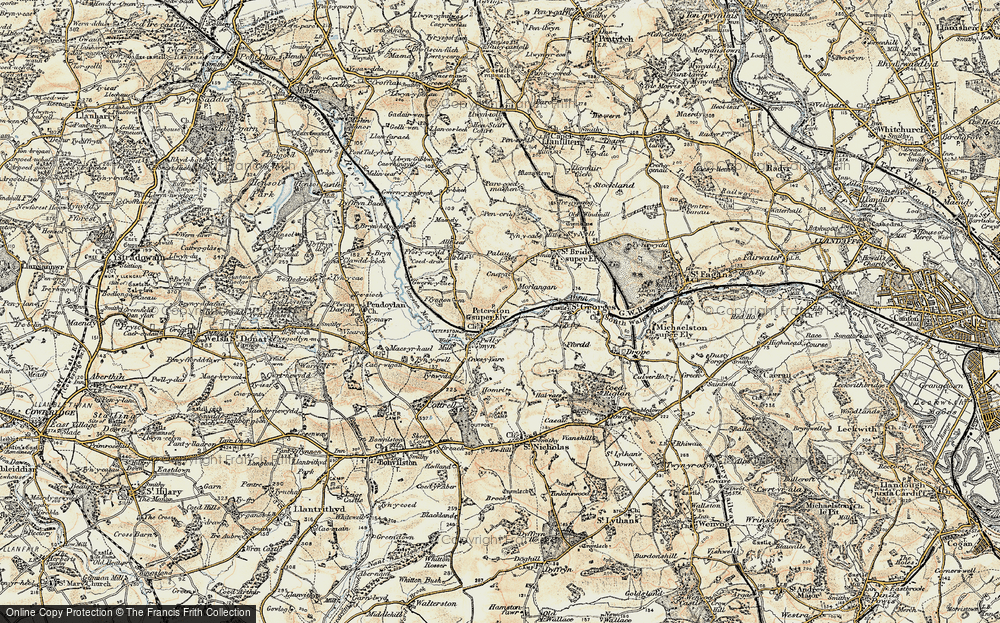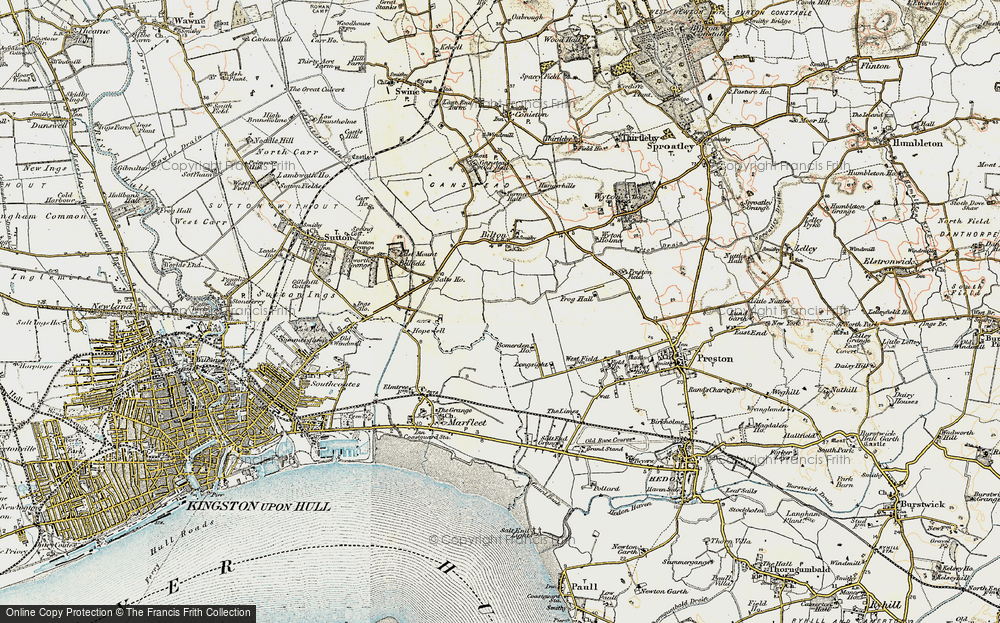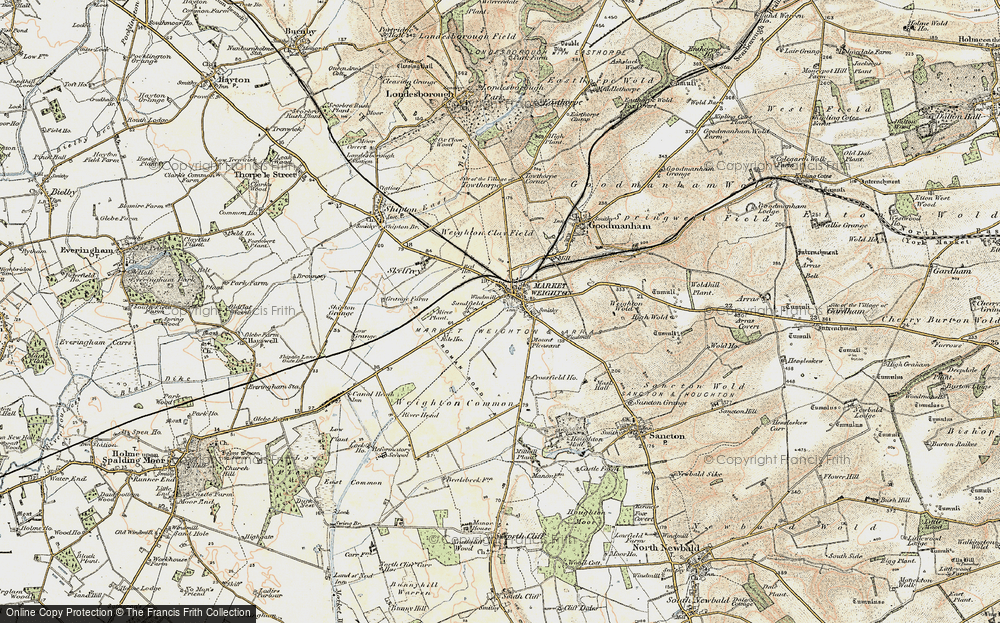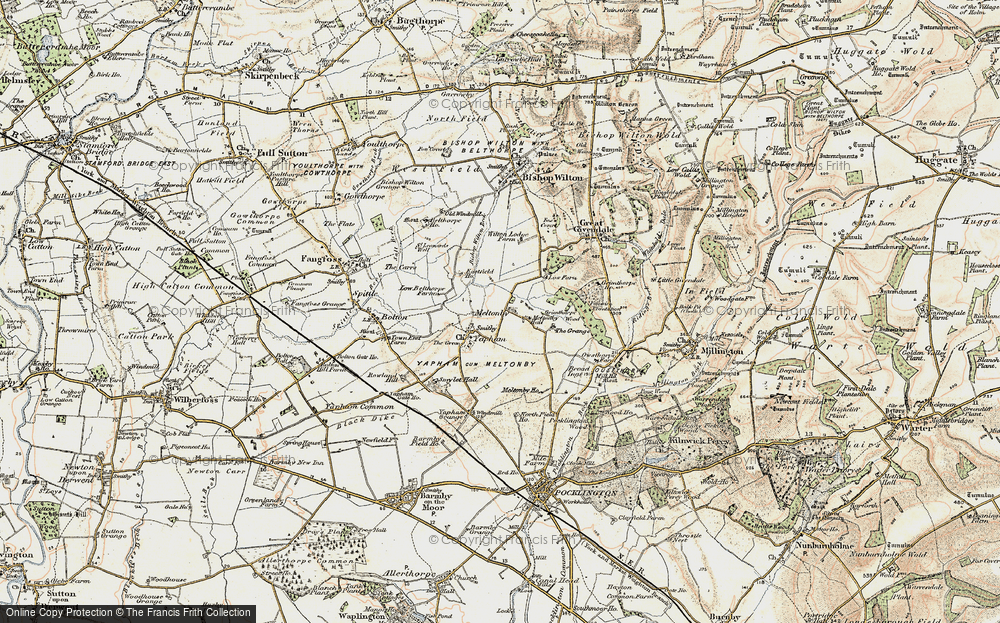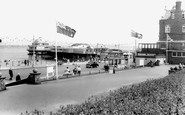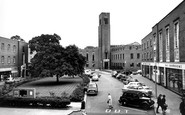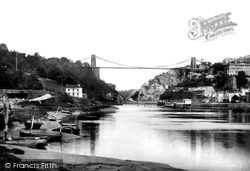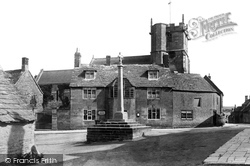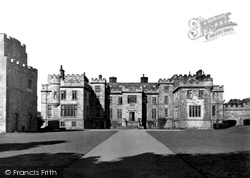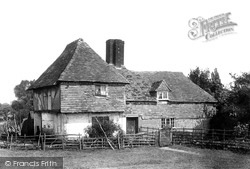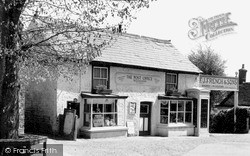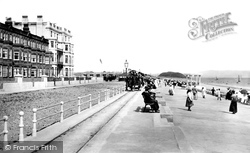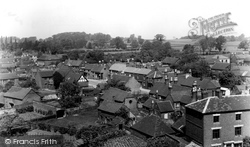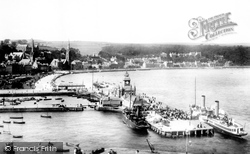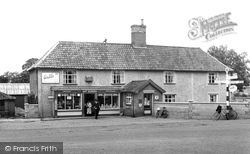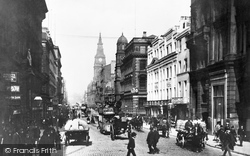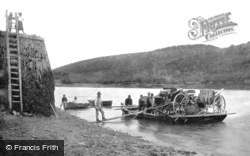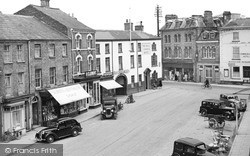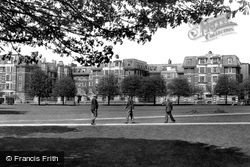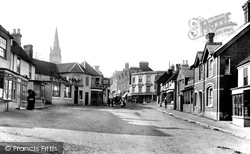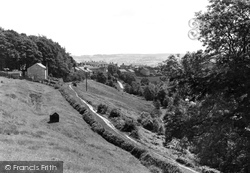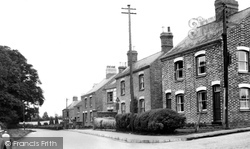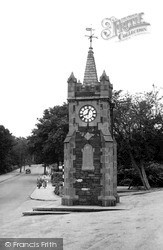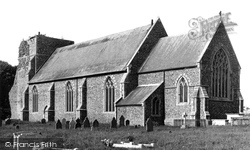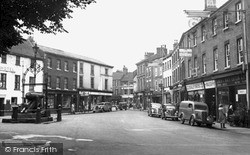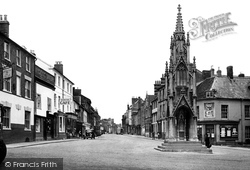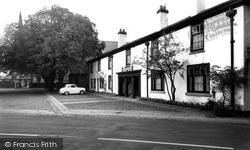Merry Christmas & Happy New Year!
Christmas Deliveries: If you placed an order on or before midday on Friday 19th December for Christmas delivery it was despatched before the Royal Mail or Parcel Force deadline and therefore should be received in time for Christmas. Orders placed after midday on Friday 19th December will be delivered in the New Year.
Please Note: Our offices and factory are now closed until Monday 5th January when we will be pleased to deal with any queries that have arisen during the holiday period.
During the holiday our Gift Cards may still be ordered for any last minute orders and will be sent automatically by email direct to your recipient - see here: Gift Cards
Places
Sorry, no places were found that related to your search.
Photos
Sorry, no photos were found that related to your search.
Maps
7,034 maps found.
Books
163 books found. Showing results 7,201 to 7,224.
Memories
22,913 memories found. Showing results 3,001 to 3,010.
Good Times At Taxel Lodge 1971 1975
Had some great times at Taxel Lodge - was there for just over 4 years - 10 till 15 years old. Littelhampton twice on holiday, went camping with scouts had good football team. My first pair of football boots wos ...Read more
A memory of Taxal in 1971 by
Greenlands School
We moved to Ribbleton in 1979, we lived in Arnold Close. At the time there was a large building situated at the bottom of our road, to this day I'm not sure what building it was, I only know it was to be knocked down for new ...Read more
A memory of Ribbleton in 1979 by
Young Years
I lived in New Mill, but I thought it was Cononley. I went to school there and had some wonderful years charging around the village, this is going back from 1947 to1963, when I got married. I then left to live in Scotland until 1967, ...Read more
A memory of Cononley by
Family History
I visited Heywood in November 2010, to see for myself the area where my family originated sometime in the 1600's. I know that was a long time ago, but, I swear, when I walked up Bury New Road to the top of Summit and then ventured ...Read more
A memory of Heywood by
High Street
My grandparents (Reg & Florence 'Flo' Lawrie), lived at 6 High Street, above the old Alliance Assurance offices from the 1930's till late 50's /early 60's. They then retired to Netley. My grandpa worked as a messenger there, ...Read more
A memory of Southampton by
Postwar Childhood In Knypersley
Born in 1940 at Tunstall Rd, I spent hours of my childhood at the edge of Cowlishaw Walker's pool, reached through our neighbour, Mrs Sargent's garden, which sloped steeply up to the railings round the pool. I ...Read more
A memory of Knypersley in 1940 by
What A Fright
If you have read my account as a child at Felkirk Church, I as a grown man and with some time on my hands, visited Felkirk Church on many occasions. It was on the last occasion where I went there around 15.00 hours. I recall that the ...Read more
A memory of Ryhill in 1976 by
The Fairground And Tower
I remember well the fairground with all the rides that did their best to make you sick after the hotdogs and the candyfloss. Who got a kiss in the ghost train or at least a cuddle from their girlfriend? Everywhere the ...Read more
A memory of New Brighton in 1961
Hornsey
I was born in Hornsey in 1940. Returning from evacuation in S.Wales in 1944, I went to Highgate Primary School for a short time, before moving to 141 Crouch Hill (now demolished) and attending Rokesley Infants School & Crouch End ...Read more
A memory of Hornsey in 1945 by
Dancing On The Forest For The Queens Visit To Nottingham
I think it was 1953 and I was 10yrs. I was at the Bentink Road Scool and as I remember, the schools in Nottingham entered a dancing team and we practiced for weeks. Our practice was in ...Read more
A memory of Nottingham in 1953 by
Your search returned a large number of results. Please try to refine your search further.
Captions
9,654 captions found. Showing results 7,201 to 7,224.
Shipping still made its way up-river to Bristol when this photograph was taken. Today, the increase in size of vessels has led to a new port being created down-river at Avonmouth.
From the Church 1897 One of the darkest deeds in English history took place in Saxon times, when King Edward was murdered by his stepmother in 978.
Along with Etal, Ford Castle once formed a second line of defence against the Scots; the front line consisted of the fortresses at Wark, Berwick and Norham.
This is a 16th-century building par excellence, much altered and added to down the centuries; it is timbered, tile hung and jettied, and bears a cluster of tall chimneys.
We are on the slope of the Downs between Eastbourne and Polegate. A nearby vantage point at Combe hill is 638 feet high.
Horses tread the tramway along Pwllheli's busy promenade at Marian-y-mor (then known as West End). The tramway had opened two years earlier, in 1896, and was closed in 1927.
The village gets its name from a Barton (or Berton), the old word for a rickyard.
he first effective spinning mill in the west of Scotland was built at Rothesay. Between 1787 and 1834, the number of cotton mills opened in Scotland rocketed from just 19 to 134.
Mr Burden's shop and Post Office is the centre of village life. Here we see the local bobby returning to his beat - his cycle is parked under the signpost.
Dale Street is one of Liverpool's original seven streets, and is captured here full of hustle and bustle. The Municipal Building, with its tower and clock face, stands out further up the street.
The King Harry Passage on the Fal at Trelissick was already an ancient crossing when this ferry was providing an important link to St Mawes and the Roseland peninsula.
In the village itself, Gregory Gregory's hand is everywhere, as befits an estate village nestling at the gates of a great country house in its park.
This market town is noted for its rare 13th-century lead spire and late Norman nave.
This chapter gives a snapshot of north Lincolnshire in the 1950s, as all the views were taken then: our tour takes us next to Tealby, a pretty village at the western foot of The Wolds.
At the bottom of the slope is the clock tower and George Street, in which is found one of the largest kettles in the country.
North of Ealing Broadway station is Haven Green, with Victorian villas on its west side and shops to its east.
Lyndhurst is the 'capital' of the New Forest, a bustling tourist base at the heart of this wooded region.
It was always a popular tourist village, and there were two ferries over the Ribble, Trough House and Hacking Boat.
The red- brick solidity of the houses presents an almost urban face, apart from the small front gardens.
This clock is a notable landmark by the side of the road connecting Windermere with Bowness.
The original timber building, dating from c1580, has two gables; the brick extension to the right is 19th-century.
Frith's photographer was outside St Swithun's churchyard, looking through Cannon Square towards the south-east arm of the Market Square and the 18th-century White Hart.
As we turn our back on the Market Square, High Street runs westward to Sheaf Street.
Standing on the site of what were once three fishermen's cottages, the Hesketh Arms was originally called the Black Bull.
Places (0)
Photos (0)
Memories (22913)
Books (163)
Maps (7034)


